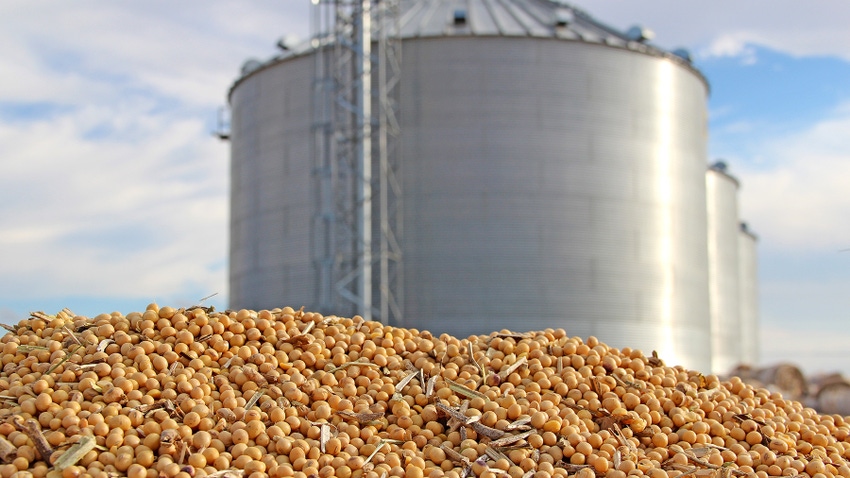
The size of global soybean stocks is an important factor in determining global soybean prices, but the quantity held by different countries and annual use are also relevant to the market.
In the 2018/19 marketing year (during the U.S.-China trade war), the U.S held 22% of global stocks compared to China (16%), Brazil (29%), Argentina (25%), and the rest of the world (8%). Since then, China has more than doubled its share of global stocks, while the U.S. ending stock has dropped to the lowest level in eight years.
At the end of the 2023/24 marketing year, the U.S. is projected to hold 5% of global soybean stocks compared to China (33%), Brazil (32%), Argentina (21%), and the rest of the world (9%).
Even though U.S. ending stocks are projected to be tight for the current marketing year, global stocks are projected to be an all-time record (Figure 1).

This analysis can be taken one step further by incorporating usage. Days-on-hand can be used to estimate a country’s stocks relative to annual use (domestic consumption + exports).
World stocks
China is projected to have 120 days of soybeans on hand for the past and current marketing year (Table 1).

World days-on-hand are projected at 114 days, the second highest in the past 12 years.
Argentina’s soybean days-on-hand are projected to increase from a 10-year low of 159 days to a high of 197 days, by the end of the current marketing year.
Due to the abundance of global stocks and the projected days-on-hand, it may be challenging for U.S. soybean exports to achieve the current USDA projection of 48.7 million metric tons (MT).
This would result in increased U.S. ending stock. Additional factors such as exchange rates, discussed in a prior Southern Ag Today article, will also play an important role in U.S. exports and ending stocks.
USDA projections
Based on current USDA projections, further weakness in soybean futures prices seems likely, unless a weather disruption in South America leads to reductions in projected production.
A bounce back in Argentina’s drought reduced production (projected production was halved by last year’s drought) seems likely and Brazil is forecast to produce another record crop.
January 2024 soybean futures have already decreased $1.49/bu since the July 24, 2023, high of $14.41/bu. A key level of support for the January contract is $12.60/bu-$12.80/bu.
If prices fall below $12.60/bu, it is possible that prices test the contract low of $11.41/bu from May 31, 2023.
For producers concerned with a decline in futures prices for unpriced soybeans that will be held in storage, an $11.70 put option could be purchased for 6 cents.
This is cheap protection based on the large amount of uncertainty in the current South American soybean production year.
Source: Southern Ag Today
About the Author(s)
You May Also Like






